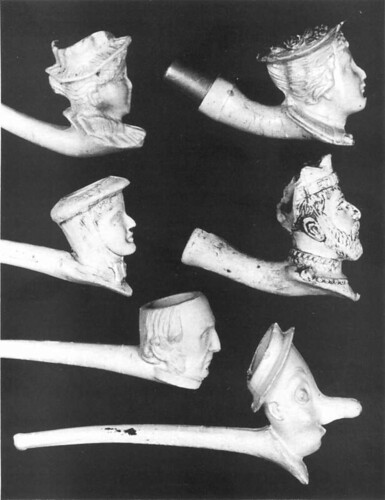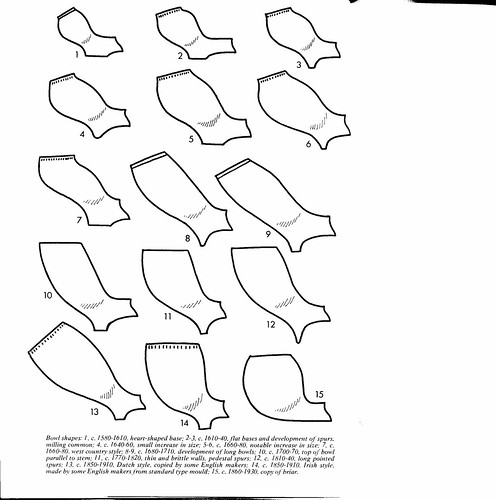Crack out the streamers, don the paper hats (well, OK, only if you can face another party)…
… the Third Early Modern Carnival is here, and here, in a two-part extravaganza.
Thanks to Claire at Early Modern Material Culture, who put it all together.
The Carnival directed me to Old is the New New’s excellent post on Benjamin Franklin, which I had missed. It chimed nicely with a recent post on Ephems of BLB of quotations from the the Founding Fathers, including Franklin, on religion.
This is going to be a hard act to follow, but in a “moment of madness”, as the politicians traditionally put it, I’ve volunteered to host the next carnival, in early March. BUT, please, don’t put it in your “think about it sometime” file; if you see a post on early modern history (the traditional definition is c.1450-1850, but I don’t want to be too prescriptive about it), please send me the link, either through this site or to natalieben at journ.freeserve.co.uk . Self-nominations are entirely welcome – don’t be shy.
If you haven’t encountered a carnival before there’s more information here, with links to the first two events.
On the subject of links, I’ve put up two posts on the Dictionary of Received Ideas, on a wonderful historical dictionary (in French), and on Japanese folktales, Otogi Zoshi.
Finally, on a light note, the Sunday Times takes an entirely one-eyed look at the comparatively lower marriage rates of women with high IQs. It seems not to have even crossed their mind that women with higher IQs might make more independent decisions: being trapped in an institution (at least theoretically) for life didn’t appeal to many of them. (Thanks to Brutal Women.)



 About
About